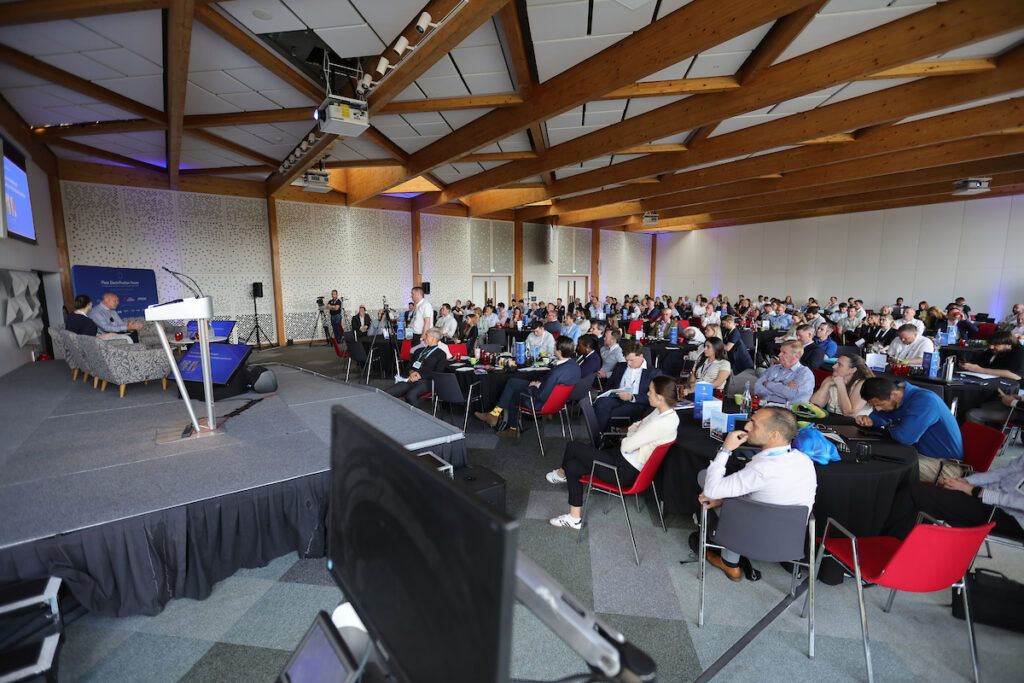The fleet sector’s journey towards decarbonisation is being impeded by a one-size-fits-all approach to charging infrastructure, according to the BVRLA’s latest Road to Zero Report Card.
Produced as an annual snapshot of the UK’s progress towards a sustainable future, the Report Card considers demand, supply and infrastructure for zero emission cars, vans, and trucks respectively to identify what more can be done to achieve ambitious targets.
The overall picture for 2022 shows that demand from fleets is strong across the board. The car market is benefitting from fiscal incentives, ESG commitments and innovative mobility offerings, while order banks for electric vans are higher than ever, propped up by the Plug-in Van Grant. From a lower base, demand for zero emission HGVs is also accelerating as firms are giving serious thought into how they can transition effectively.
The landscape for charging infrastructure is improving but continues to trail behind, creating a ceiling that is stopping the high demand from becoming reality.
Widespread investment in the UK’s charging infrastructure has bolstered the opportunities for car drivers. Gaps remain for van operators, with concerns over vehicle downtime and inaccessible chargepoints yet to be addressed.
For HGVs, the Report Card shows that infrastructure is ‘parked’, as a definitive powertrain roadmap still seems some way off. That lack of clarity is reducing confidence in the network and preventing operators from committing to the monumental investment that the move to zero emission vehicles requires.
BVRLA Chief Executive, Gerry Keaney said: “Electric vehicles are in high demand. Fleets remain committed to bringing cleaner, greener vehicles to UK roads and are delivering ambitious strategies to make it happen. The government cannot rest on its laurels by taking that demand for granted. Incentives are making EVs cost effective, with low Benefit in Kind rates on electric company cars accelerating exceptional uptake. Those incentives must remain, otherwise the fragile market will stall in the face of severe economic headwinds.
“Investment in charging infrastructure is not simply a numbers game. More consideration needs to be given to the needs of all road users. Fleet operators are ready to lead the charge but are being left with one hand tied behind their back. The government is beginning to listen to these concerns and we will continue to push the issue until authorities across the country are building infrastructure strategies that fully meet fleet needs.”

In line with the BVRLA’s Road to Zero Report Card, the association has also published its sustainability credentials, showing BEV uptake and Clean Air Zone compliance across different fleet segments. The credentials are continually improving and show how the fleet sector is leading the way in the electrification of the total UK car parc.
Salary sacrifice (55% of vehicles are BEV), car club (12%), and company cars (17%) have all seen their proportion of EVs increase vs 2021 figures. In the same period, the number of EVs in the car rental sector has more than doubled (from 0.6% to 1.5%).
The van sector has also made considerable gains from last year, but the overall proportion of the fleet able to go zero emission remains constrained by the supply and infrastructure issues highlighted in the Road to Zero Report Card. 1.8% of the leased LCV market is made up of zero emission vans, up from 1% in 2021. That has seen the wider van parc grow from 0.3% to 0.7% zero emissions, showing the scope of the opportunity for further progress.
Images courtesy of BVRLA.








